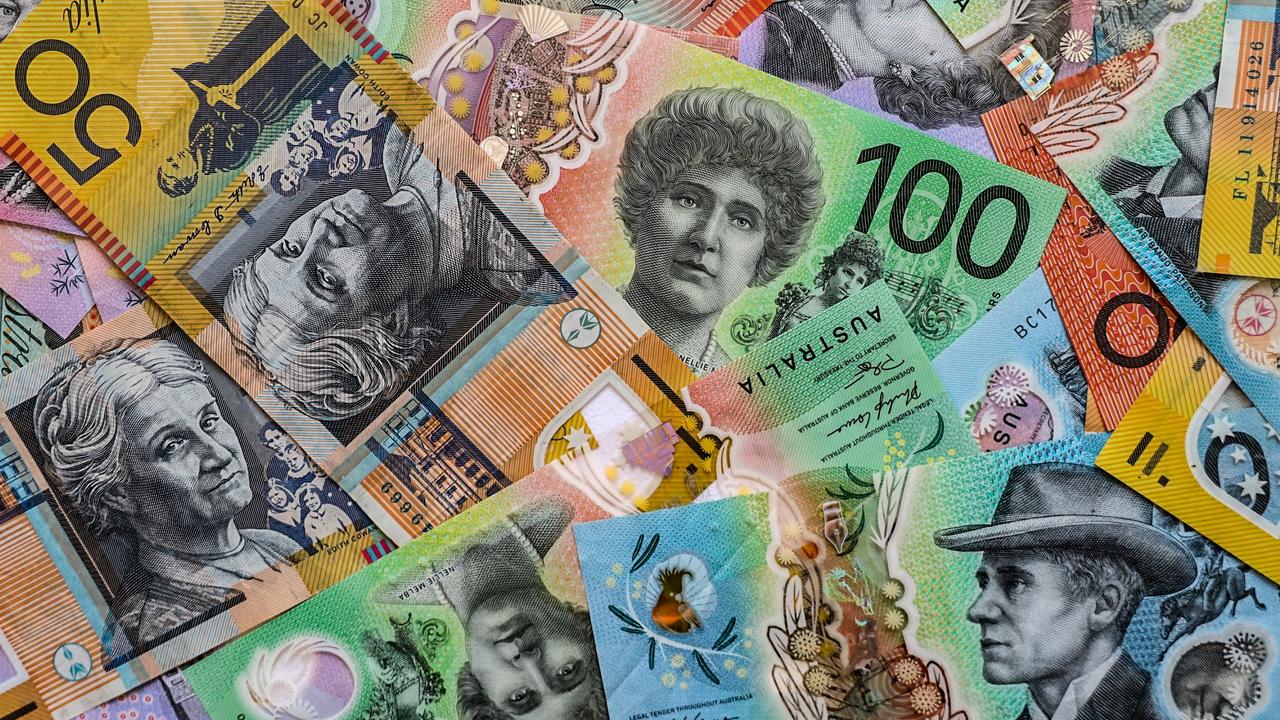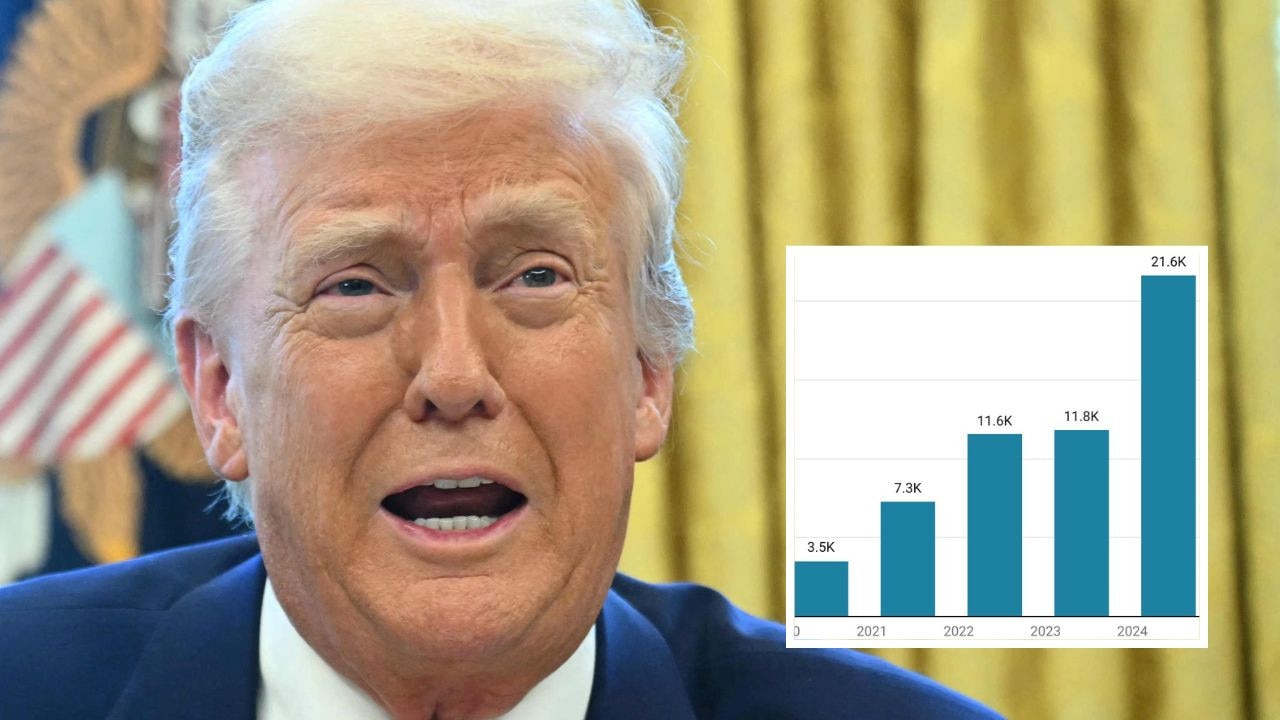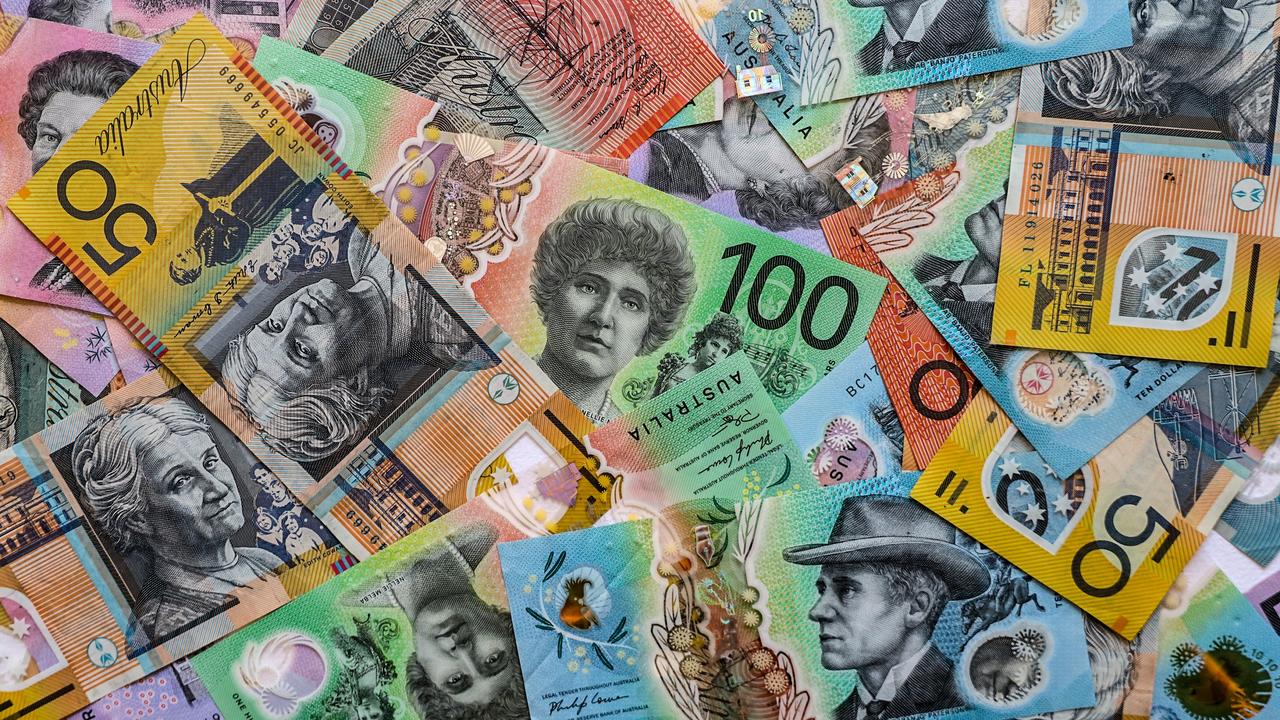Super funds are back in the black
THE average superannuation fund has finally turned in a profit for the first month since October last year.

Super funds are back in the black
THE average superannuation fund has finally turned in a profit for the first month since October last year.
After almost six months of losses, the average balanced fund registered a surprise 2.2 per cent gain during April.
A surging Australian sharemarket is behind the improvement, which will mean some superannuation accounts will suffer only modest losses for the year to date.
But most super funds are still down about 2.9 per cent for the financial year. Last month they were staring at an almost 5 per cent loss for the year.
According to the latest statistics from superannuation research company SuperRatings, the recent strong performance offers hope of some funds reporting a positive return for the full financial year.
"When added to further gains (so far) in May there is now a glimmer of hope of positive returns for the financial year for the better-performing balanced options in some funds,'' SuperRatings managing director Jeff Bresnahan said.
But it will likely be a case of the "haves and the have-nots'' depending which fund you are in, he said.
Although the median result for balanced funds so far this financial year is a fall of 2.9 per cent, there are huge variations between funds.
The worst performing balanced fund was still down almost 11 per cent at the end of April, while the best performer was back into positive territory with a 0.16 per cent profit.
"It is certain that some balanced options will be the bearers of bad news come July,'' Mr Bresnahan said. Choice of a particular investment option was critical to superannuation returns, he said.
Balanced funds with a conservative approach to their asset allocation were performing the best.
For example, the typical balanced fund had 70 per cent growth assets (shares and property) and 30 per cent defensive assets (cash and fixed interest). But the strongest performing balanced funds so far this year have only 60 per cent growth assets and 40 per cent defensive assets.
In particular a high allocation to cash -- more than 10 per cent -- was proving to be a good position in the current investment climate.
Despite the short-term losses, three- and five-year returns continue to hold up well, with median annual returns of 10.3 per cent and 11.1 per cent respectively.



